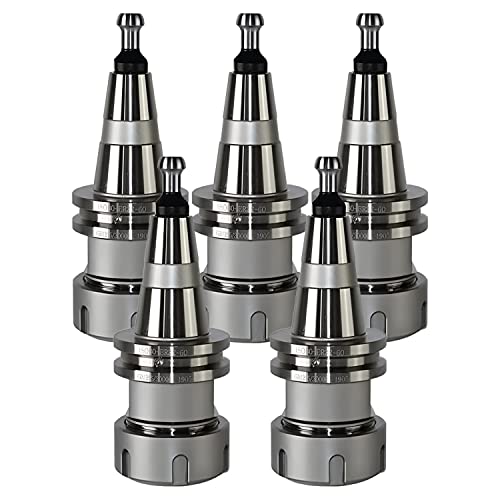- Joined
- Dec 12, 2012
- Messages
- 2,220
- Reaction score
- 1,288
Hi Norm, what i do now as std is to mill a slot/flat to engage with the screws
for location/retension and so that the screws push square against a flat face
However from a previose mod i found that making the gib full size with
only a few thou adjustment it is not necessary.I just spotted thro the tapped holes a couple of mm deep intp the brass gib,and chamfered the screw points
at 30o to match a std drill.This locates and retains the gib strip.I have found
that the secret lies with keeping the gibb as large as poss so no rocking etc
After all the gibb only needs to move/adjust a few thou
for location/retension and so that the screws push square against a flat face
However from a previose mod i found that making the gib full size with
only a few thou adjustment it is not necessary.I just spotted thro the tapped holes a couple of mm deep intp the brass gib,and chamfered the screw points
at 30o to match a std drill.This locates and retains the gib strip.I have found
that the secret lies with keeping the gibb as large as poss so no rocking etc
After all the gibb only needs to move/adjust a few thou







































![TurboCAD 2020 Designer [PC Download]](https://m.media-amazon.com/images/I/51UKfAHH1LL._SL500_.jpg)








![DreamPlan Home Design and Landscaping Software Free for Windows [PC Download]](https://m.media-amazon.com/images/I/51kvZH2dVLL._SL500_.jpg)
























